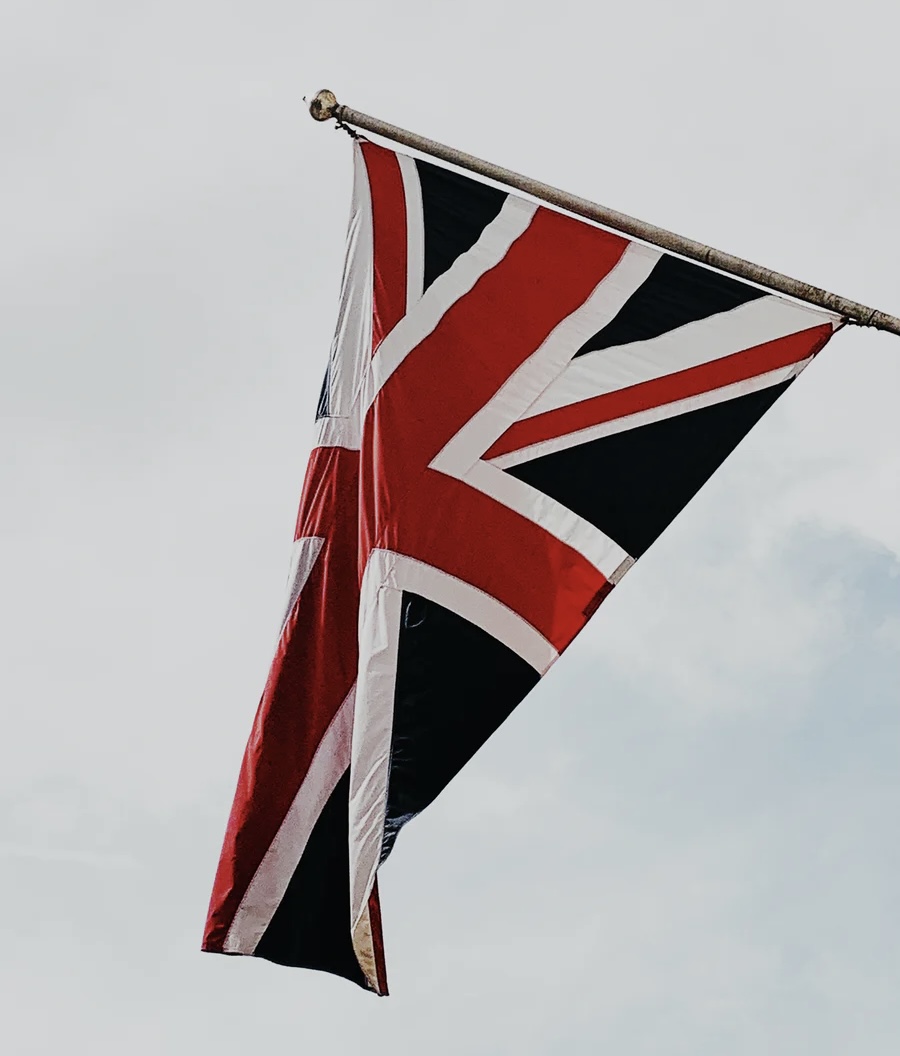- New rules surrounding flying of the Union Flag published
- Culture Secretary hails change as “a proud reminder of our history and the ties that bind us”
Currently, Union flags are only required to be flown on all UK Government buildings on designated days. The guidance will ask for the flag to be flown all year round, unless another flag is being flown – such as another national flag of the UK, or a county flag, or other flags to mark civic pride.
The Union Flag is the National Flag of the United Kingdom, and it is so called because it embodies the emblems of the constituent nations united under one Sovereign – the Kingdoms of England and Wales, of Scotland and of Northern Ireland.
The Union flag dates back to 1606 when King James VI of Scotland became King James I of England and it was decided that the union of the two countries should be represented symbolically by a new flag. In 1801 following the Act of Union of Ireland with England, Wales and Scotland, the Cross of St Patrick was included on the design creating the flag as we know it today.
Culture Secretary Oliver Dowden said:
The Union flag unites us as a nation and people rightly expect it to be flown above UK Government buildings. This guidance will ensure that happens every day, unless another flag is being flown, as a proud reminder of our history and the ties that bind us.
Local Government Secretary Rt Hon Robert Jenrick MP said:
Our nation’s flag is a symbol of liberty, unity and freedom that creates a shared sense of civic pride. People rightly expect to see the Union Flag flying high on civic and Government buildings up and down the country, as a sign of our local and national identity.
That’s why I am calling on all local councils to fly the Union Flag on their buildings – and today’s guidance will enable them to do that. We’ve also cut red tape, allowing councils to also fly their county flag at the same time.
The Government has also cut red tape to allow dual flagging – where two flags can be flown on one pole. Where organisations have two flag poles, they can fly the Union flag alongside another flag. This will allow organisations to highlight their local identity alongside their national identities, for example by flying a Middlesex county flag alongside the Union flag in London, or the Saltire alongside the Union flag in Scotland. Other flags may also be flown on non-designated days including a Saint’s Day or county day. Planning regulations in England that were introduced in 2007 to allow the EU flag to be flown on public buildings without acquiring planning permission will also be removed following the UK’s departure from the European Union. Instead, new ‘deemed consent’ will be granted for the NHS flags. This will allow for the NHS flags to be flown, without planning permission – alongside the Union flag. DCMS publishes guidance each year on flag flying, however from this year, the department will ask that all UK Government buildings in England, Wales and Scotland fly the Union flag every day. Union flag flying in UK Government buildings in Northern Ireland is covered by separate legislation.
Today the Local Government Secretary Robert Jenrick has written to all councils In England to raise awareness of the guidance and encourage them to fly Union flags on their buildings.
Other authorities, institutions and individuals may fly any flag at any time so long as it complies with planning requirements. The flying of national flags, including the Union flag, is deregulated in England, Wales and Scotland. This update is guidance only and will apply from the summer.
Contains public sector information licensed under the Open Government Licence v3.0.




